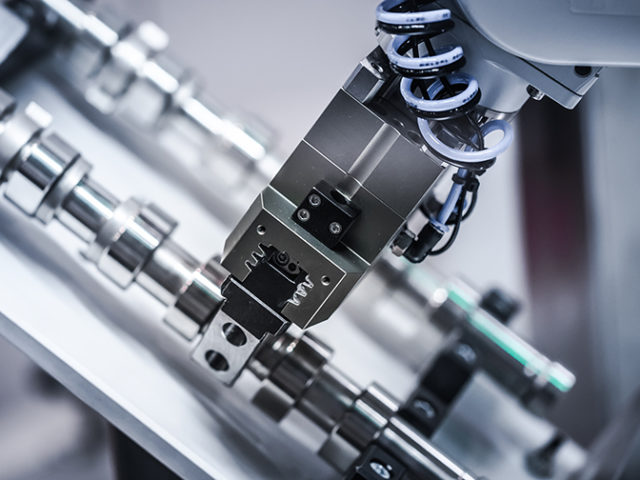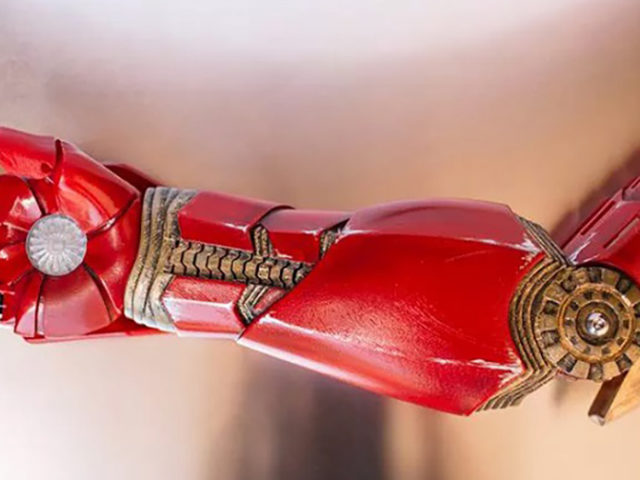On 1st September, Electronic Specifier will be bringing the latest products and technology trends together at the ‘Electronic Specifier Expo’. Attendees of this virtual…
Category: News
Data systems that adapt to users search
Big data has gotten really, really big: By 2025, all the world’s data will add up to an estimated 175 trillion gigabytes. For a visual,…
Electron movement in a liquid first studied
Electrons are able to move within molecules, for example when they are excited from outside or in the course of a chemical reaction. For…
New AI platform at automatica
The Munich School of Robotics and Machine Intelligence (MSRM) of the Technical University of Munich (TUM) is exploring new directions with automatica, the leading…
Solution that turns children into superheroes
Limbitless Solutions develops life-changing prosthetic limbs for children using 3-D printing and sophisticated electronics which include Insight SiP’s RF modules for wireless communication enabling…
University of Strathclyde helps small and medium manufacturing firms in Scotland
The University of Strathclyde is today announcing that it is set to be involved in six of the Scottish Government’s Advancing Manufacturing Challenge Fund…
CS students create virtual Stanford
A new virtual platform is helping the Stanford community recapture the campus experience. It’s called Club Cardinal, and it’s turned the university into an online,…
Air amplifying light
In a promising breakthrough for the future of communications, EPFL researchers have developed a technology that can amplify light in the latest hollow-core optical…
Preparations for new AWS center for quantum computing
Preparations are under way for the new Amazon Web Services Center for Quantum Computing, scheduled to open in spring 2021. The two-story, 21,000-square-foot facility…
2D materials for transistors of the future
Since the discovery of graphene, two-dimensional materials have been the focus of materials research. Among other things, they could be used to build tiny,…










